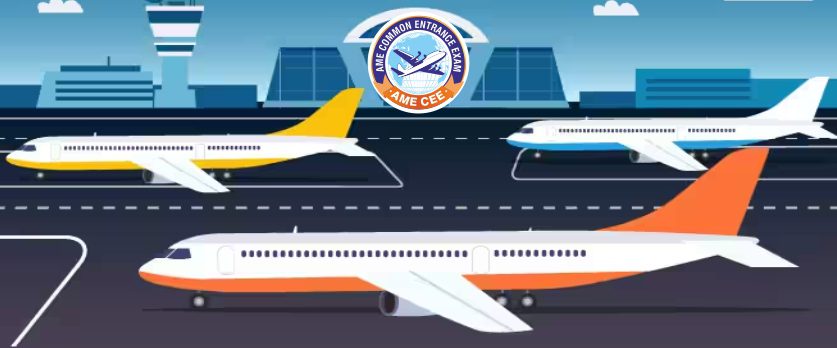How has air travel changed for various societies in our country?
Since the early 2000s, when air travel was still seen as a luxury reserved for the wealthy and upper class, the middle class has been able to afford it, and as a result, India’s aviation business has risen by leaps and bounds. The middle class, or around $8,536 to $14,500 annually, as well as the lower-middle class, the social strata below them in Indian culture, have been able to access air travel over the years.
Government employees, who make up the majority of the middle class, have started choosing air travel for family vacations while utilising the Leave Travel Concession (LTC) programme provided by the government. Also, professionals in lucrative fields like Information Technology (IT) and Telecommunications are preferring to travel by air rather than by the more conventional road or rail modes of transportation.
What do the growth statistics look like?
This steadily growing segment of Indians, who increasingly select aircraft for domestic flights, has fueled the industry’s steady expansion.
Domestic aviation traffic has more than doubled, from about 61 million passengers in the 2013–2014 fiscal year to about 137 million in 2019–20, according to figures provided by the Indian government. With an increase of more than 6% annually, international passenger traffic rose from 47 million in 2013–14 to over 67 million in 2019–20. 398,579 people travelled domestically by air daily in India prior to COVID-19. But, this year saw the highest number of passengers ever board aircraft on February 19 with around 445,000, according to Air Transport Minister Jyotiraditya Scindia.
What are the future aspects of growth in this industry?
India has seen a noticeable increase in its civil aviation infrastructure since the early 2000s, especially in the last ten years. In the last eight years, the country of South Asia has doubled its airport population to over 140, with the newest airport, Shivamogga Airport in the state of Karnataka, having just been opened on February 27.
In accordance with the National Civil Aviation Policy of 2016, it is hoped that by 2022, domestic ticket sales would reach 300 million, domestic ticket sales will reach 500 million, and international ticket sales will reach 200 million by 2027. Likewise, by 2027, cargo volumes should reach 10 million tonnes. Additionally, it seeks to provide cargo air transportation with access to numerous locations in India and throughout the globe, as well as safe, secure, economical, and sustainable air travel for people. Additionally, it aims to create a cohesive ecosystem that will boost civil aviation significantly, promoting tourism, creating jobs, and fostering balanced regional prosperity. In the Union Budget for the 2023–24 fiscal year, Finance Minister Nirmala Sitharaman recently included 376 million dollars (or 31 billion Indian rupees) for the civil aviation ministry (April 2023 – March 2024). In her Budget statement earlier this month, the minister promised to “revive” 50 more airports, heliports, water aerodromes, and advance landing grounds.
Conclusion
This constantly growing segment of Indians, who increasingly select aircraft for domestic travel, has fuelled the steady expansion of civil aviation in the nation.
To become an aircraft maintenance engineer you may could join AME engineering through AME COMMON ENTRANCE EXAM (AME CEE) this examination you may join AME engineering approved by DGCA, EASA or UGC.


